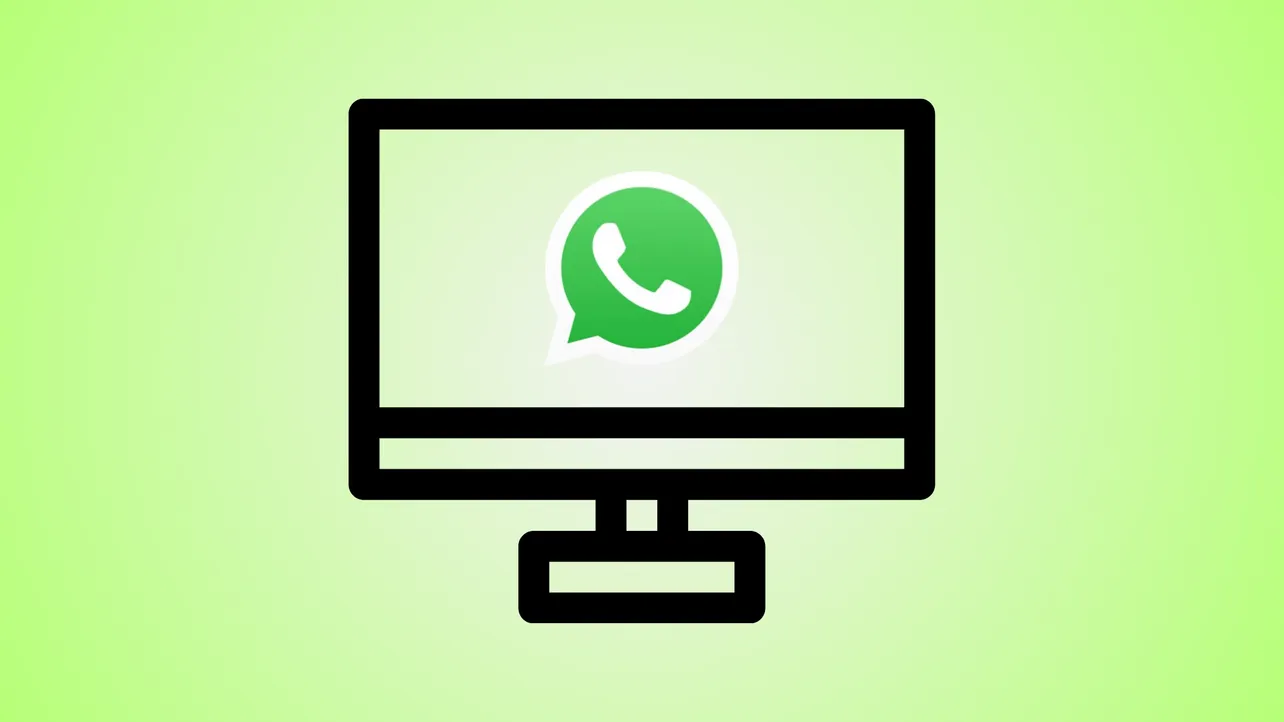WhatsApp’s Windows desktop app is being retired in favor of a browser-based alternative—a move that’s drawing sharp reactions from users and developers alike. Meta’s decision to phase out the native Windows client and replace it with a web wrapper marks a major shift in how one of the world’s most popular messaging apps operates on PC. The change, currently in beta, affects how WhatsApp looks, behaves, and performs on Windows 11 and beyond.
The Shift: From Native App to Web Wrapper
Meta’s new WhatsApp for Windows is no longer a native application built using Microsoft’s WinUI or Universal Windows Platform (UWP) frameworks. Instead, it now packages the web version of WhatsApp (the same interface you’d access via web.whatsapp.com) inside a desktop container using Microsoft’s WebView2 technology. This approach is similar to what’s already happened with apps like Facebook Messenger and Microsoft’s new Outlook client.
The original native app was praised for its lightweight design, smooth performance, and tight integration with Windows features—like native notifications and a UI that matched the rest of the operating system. Now, the new web wrapper feels more generic, with a basic interface, altered notification handling, and a settings menu stripped of some customization options.
Why Meta Is Making This Move
Meta’s main reason for the switch is to streamline development. By maintaining a single codebase that works across Windows, macOS, and other platforms, they can deliver updates faster and reduce engineering costs. Web wrappers also make it easier to add features that are already available on WhatsApp Web, such as improved Status and Communities sections or WhatsApp Channels, without having to rebuild them for each operating system.
This “develop once, deploy everywhere” strategy is increasingly common, especially as companies try to keep pace with rapid changes in messaging and collaboration tools. However, this approach often comes at the expense of platform-specific optimizations and user experience.
What’s Lost: Performance, Integration, and User Experience
One of the biggest drawbacks of the new WhatsApp web wrapper is its increased resource usage. Tests show that the web-based app can consume up to 30% more RAM than the native version, with some users reporting memory usage as high as 1 GB for what should be a lightweight chat client. This is especially problematic for users on older or lower-spec PCs, where every megabyte counts.
Beyond performance, the new app no longer matches Windows 11’s design language or integrates as seamlessly with system notifications and background processes. Features like quick reply from notifications, call support, and screen sharing may not work as reliably or may be absent altogether—at least until Meta brings them to parity with the web version. Even basic actions like scrolling through chats or opening images can feel less responsive compared to the native app.
What’s Gained: Feature Parity and Simplified Updates
While the web wrapper loses some native advantages, it does introduce a few benefits. The unified codebase means new features—like WhatsApp Channels and expanded Communities tools—can arrive on Windows at the same time as on other platforms. For some users, the web version also resolves long-standing bugs present in the native app, such as delayed notifications or message syncing issues.
Meta can now deliver updates and bug fixes more quickly, since they no longer have to maintain separate desktop code for Windows and macOS. This could lead to faster rollout of security patches and new capabilities, especially for business and group chat features.
Broader Implications: The Webification of Desktop Apps
WhatsApp’s move is part of a larger trend—many major apps, from Microsoft Teams to Slack and even some Adobe tools, are shifting to web-based frameworks or wrappers. This trend is driven by the desire to reduce development costs and speed up cross-platform releases, but it often leads to bloated apps that use more memory and feel less integrated with the host operating system.
Some developers and users see this as a step backwards. They argue that native apps can be faster, more efficient, and better tailored to the unique strengths of each platform. Others accept the tradeoff, valuing rapid feature delivery and consistent experiences across devices over platform-specific polish.
What Windows Users Should Expect Next
Meta has not announced a firm date for when the web wrapper will fully replace the native WhatsApp app on Windows, but the transition is already underway in beta versions. Once the switch is complete, the old native app will likely stop working, as Meta has a history of disabling deprecated versions to ensure users stay up to date.
For those who prefer the old native experience, options are limited. There’s no official way to keep using the native app indefinitely, and third-party alternatives are restricted by WhatsApp’s closed APIs. Some users may choose to run WhatsApp in a browser tab, which offers similar functionality with potentially less overhead than the web wrapper. Others might consider switching to messaging platforms that still prioritize native desktop apps, though network effects make that a tough sell.
Meta’s decision to drop WhatsApp’s native Windows app in favor of a web wrapper highlights a growing divide between developer convenience and user experience. If you value resource efficiency and a polished Windows interface, this update may feel like a downgrade—though it does promise faster updates and new features down the line.


